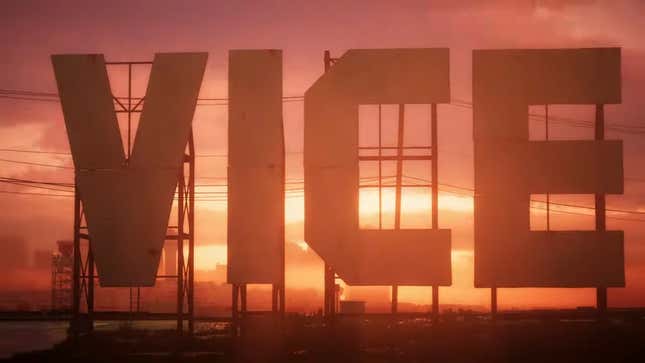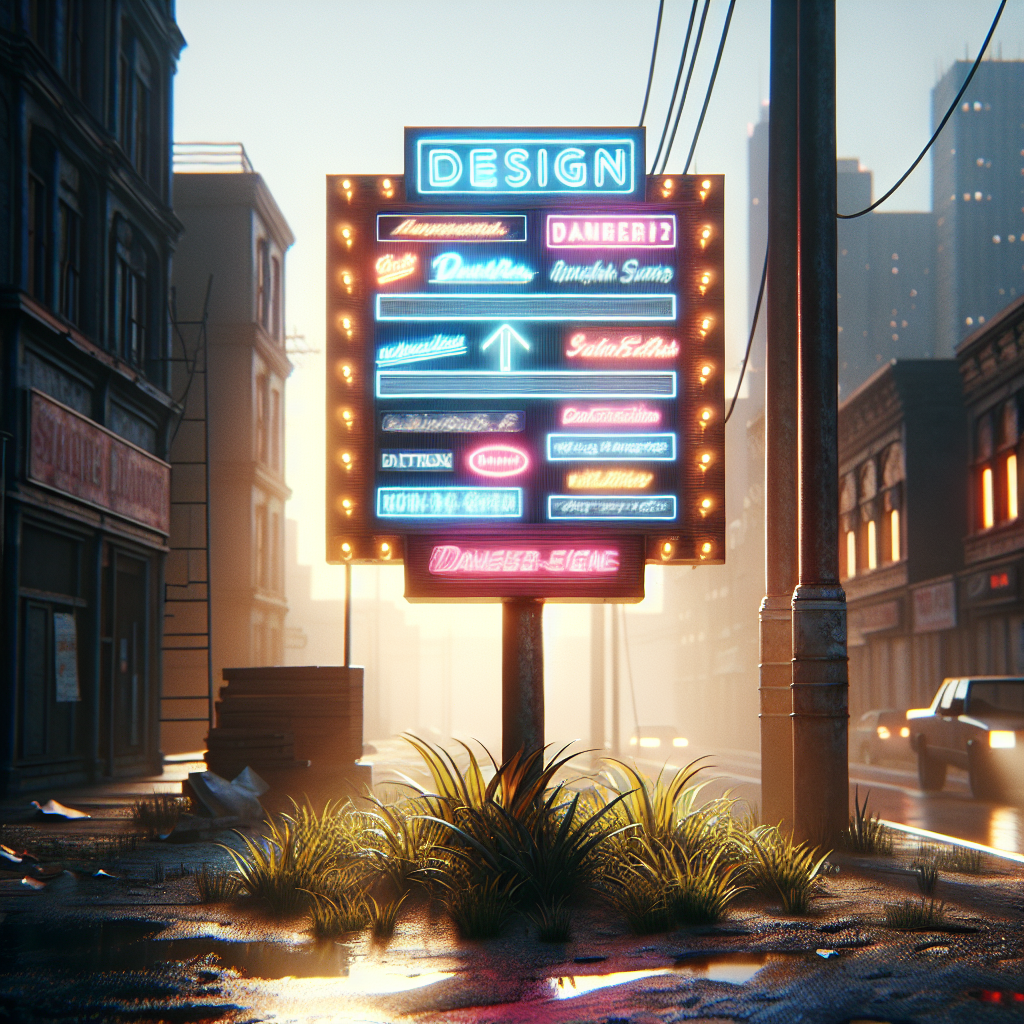Vice City Sign and Environmental Realism
The iconic Vice City sign in Grand Theft Auto 6 has sparked much debate and curiosity among fans. Often confused with a real Miami landmark, specifically a sign at Miami International Airport, this fictional element has become a cinematic staple, featured in films like Bad Boys and Transporter. In this analysis, we delve into why the Vice City sign isn’t a real Miami landmark explained, and how Rockstar Games’ attention to atmospheric details like lighting and cloud effects enhances the realism and cinematic style of GTA 6.
Why the Vice City Sign Isn’t a Real Miami Landmark Explained
While the Vice City sign might seem like a homage to Miami’s iconic imagery, it is, in fact, a fictional creation by Rockstar Games. The misconception stems from its frequent appearances in films portraying Miami, such as Bad Boys and Transporter, where a production set mimicking a Miami airport sign is often used. This set has become so ingrained in pop culture that many assume it’s based on a real location. However, as Rockstar has shown in their previous titles like GTA 5’s Vinewood sign, the use of fictional landmarks helps create a unique yet familiar atmosphere, enhancing the player’s immersion in the game.

By crafting these fictional elements, Rockstar maintains creative control over the game’s narrative and environment, allowing players to experience a blend of reality and fiction that feels both novel and nostalgic.
The Role of Environmental Realism in Enhancing Gameplay
Rockstar Games has consistently pushed the boundaries of environmental realism in their titles, and GTA 6 is no exception. One of the standout features is the use of sunset lighting and volumetric clouds, which add depth and a cinematic quality to the game. This attention to detail is reminiscent of the filmic styles employed in the game’s trailers, making players feel as though they’re stepping into a blockbuster movie.
“Rockstar have really mo capped pretty much every scenario.”
The incorporation of these elements not only enhances visual appeal but also impacts gameplay. The lighting and weather effects can alter the mood and difficulty of missions, creating a dynamic world that reacts to the player’s actions.
From Vinewood to Vice City: Evolution of Rockstar’s Design Philosophy
Rockstar’s evolution in design philosophy is evident when comparing GTA 5 and GTA 6. In GTA 5, the Vinewood sign became a cultural icon, much like the Vice City sign aims to do. The transition from a parody of Hollywood to a reimagined Miami reflects Rockstar’s commitment to creating immersive environments that pay homage to real-world locations while maintaining a distinctive identity.
The jet model seen in the Vice City sign screenshot is another nod to GTA 5, where players could explore the skies of Los Santos. In GTA 6, these elements are refined with higher resolution textures and improved physics, offering a more realistic experience.

The Cinematic Influence: Bringing Film to Gameplay
GTA 6’s design draws heavily from cinematic influences, a trend that Rockstar has embraced since its early titles. The use of anamorphic lens flares and depth of field effects mimic the aesthetics of films, ensuring that each frame of gameplay feels like a scene from a high-budget movie. This approach not only captivates players visually but also deepens their emotional connection to the game world.
Rockstar’s commitment to realism and cinematic flair means that every detail, from the sprawling landscape to the bustling urban environments, is crafted with precision. This dedication is evident in the varied NPC interactions and the detailed environments that players can explore.
Key Takeaways for Vice City Sign and Environmental Realism
- The Vice City sign is a fictional landmark inspired by cinematic portrayals of Miami, not a real-world location.
- Rockstar’s use of lighting and cloud effects enhances the game’s realism and cinematic feel.
- GTA 6 continues Rockstar’s tradition of blending real-world inspirations with unique game world design.
- Cinematic influences are deeply woven into the gameplay, creating an immersive experience.
- Rockstar’s evolving design philosophy is evident in the transition from Vinewood to Vice City.
In conclusion, the Vice City sign is a testament to Rockstar’s ability to blend fiction with familiar cultural elements, creating an immersive and realistic game world. As players navigate the vibrant streets and dynamic environments of GTA 6, they will undoubtedly appreciate the intricate details and cinematic influences that define this highly anticipated title. What are your thoughts on the fictional elements in GTA 6? Share your theories below!
Learn more about the Vice City sign in GTA 6 on Fandom’s GTA Wiki.
Explore how GTA’s Vice City compares to real-life Miami Beach on Screen Rant.
Discover original Vice City landmarks in Grand Theft Auto 6 on Game Rant.



